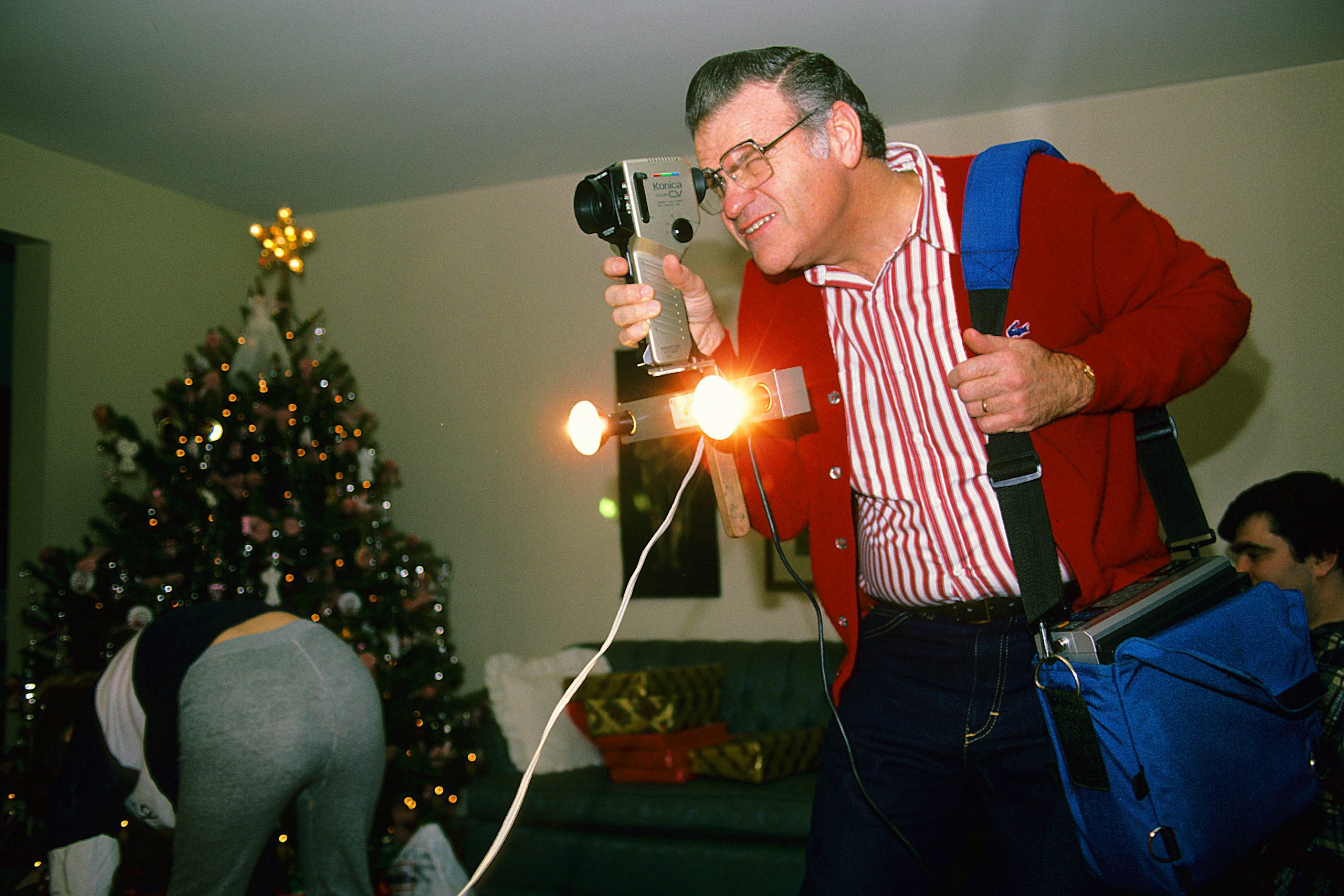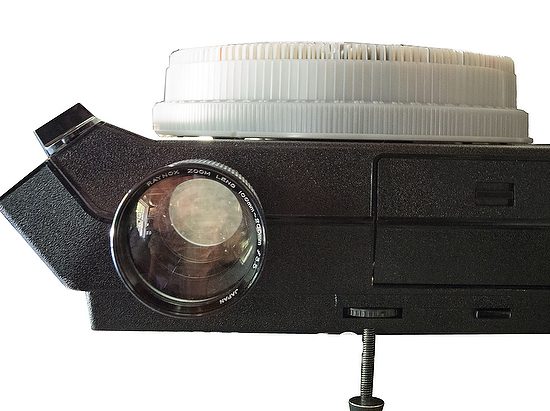If you enjoy the process of taking photos and are the primary recipient of all your work, then read no further. You are all that matters for your photos.
However, if you make photographs to share with others and help them connect to your experiences, then I am writing this for you.
Who and Where is your audience?
I grew up where we all gathered around the slide projector or movie projector and watched family slide shows and movies. Usually, it was of someone’s latest trip.
Later I would help produce slide shows about missionaries worldwide for a missions agency. These slide shows were more scripted and storytelling than random photos from vacation trips. We would sync two or more projectors and record audio that would run with the show.
I suggest thinking of someone in this group who is a good representation of that audience. For example, I know one photographer whose grandmother had never been 50 miles from her home. She had never dipped her toes in the ocean at age 80 and only lived about five hours from the sea.
Maybe the person you are thinking about is well-traveled and has been to more places than you have been. Hopefully, you can see that these two different audiences would impact how you tell the story.
Where will they see your work? If most of your audience is at one location, then maybe a presentation where everyone comes to a site is the best way to reach them. This location could be something like a civic organizations meeting or a company staff meeting.
Maybe your audience is a company, but they are worldwide and use an intranet as a way to disseminate messages.
Again you can see this can impact the packaging of your story for the audience.
 |
| I am on my first trip to Taos, New Mexico, around 1986. |
What is your goal?
After everyone sees your package, what do you want them to do? Come up and tell you how wonderful of a photographer you are. Maybe you went with your Lions Club to distribute glasses in another country. While there, you decided to put together a package.
There are two types of presentations you can give. First is a vacation package. Here is what you saw while you were there. The second is the story of a typical person you were helping. The second story is where you go deeper and even give a call to action at the end of the presentation. For example, encouraging them to continue to help raise funds for glasses and volunteer next year to go and help people fit them with the glasses.
Pre-Planning
Once you have a goal and purpose in mind, sketch out a storyline based on what you know before doing the story.
Gather all the information you can and then put together your shot list of what you need to tell the story visually. Plan time for your interviews if you plan to write text for an account and put photos with it. The same if you choose to use audio or video.
You are now planning for a total package.
I know I need some audio to drive the package; the best audio I prefer is the testimony. The first-person narrative tells the subject’s story. With this, I can lay still images over it to tell the story. This is a much better story than just putting a bunch of photos in a gallery for people to see.
The Shot List
I have the shot list we worked from in the picture above to cover the Chick-fil-A kickoff. I was shooting for multiple outlets.
Here are some of the places the images were to be used:
- Slideshow/Video to show internally to the company. The storyline here was to deliver moments people would be talking about for days.
- PowerPoint presentations. The organizers use these images to help plan for the next big event, like the Chick-fil-A Bowl’s end of the college football year.
- Videos. Often these images are part of other projects where some photos will show something that a department was a part of and needed that one image.
Do you remember the old textbooks where they had the human body? Each page was a different part of the body. One page may be the skeleton, the next the organs and the skin. All were on clear pages, so you could see down through them as you peeled away the layers.
Layers are how the Final Cut Pro X Time Line works. Whatever is on the top layer is visible; if some parts are clear, you can see through them. A good example is a text that lies on top of titles.
Here you can see my music in green. The next level is doing interviews. On top of this are individual still images or titles that, when exported, become a movie that I post on YouTube, Vimeo, or another server for people to watch. Occasionally I make a DVD for someone to show to a group at a meeting.
Take Ownership of the Distribution
Today photographers must be hybrid photographers—mixing text, audio, stills, and video to tell the story.
Suppose you are just using still images and text for a blog. Then put the whole package together and post it. Suppose you are doing this for a client and offer to handle it to the end. You are increasing the odds of it getting used.
How often did I take photos for a nonprofit, and they sat in a drawer of some staff person? I cannot even tell you.
Don’t think of posting when you are all done, either. Instead, take advantage of social media like Twitter, Facebook, and Instagram. As you shoot, send an image and keep it short with the idea that there is more to come. Grow your audience by posting throughout; this will help the potential viral message to take off.
 |
The Family Historian
Maybe you are just doing this for your own family. I have many friends who have scanned all of their relative’s recipes and then put this into a book with short stories surrounding those recipes. Most of them include a photo of the person known for originating it with the family. Maybe you document your children, and then when they graduate from High School, make a coffee book for them of their growing up years. Imagine what that will mean to the generations to come in your family. I would have loved a book like that on my grandparents.
Remember, the key is having a plan before you start, which will help guide you.






